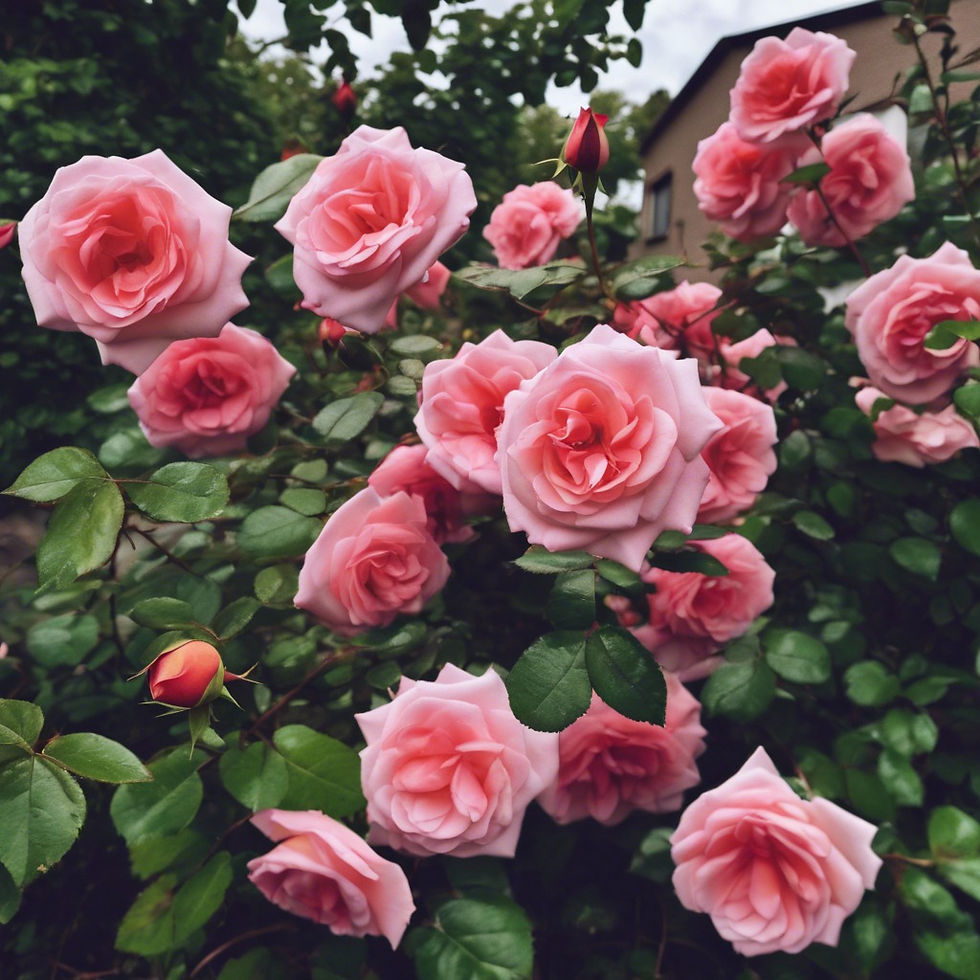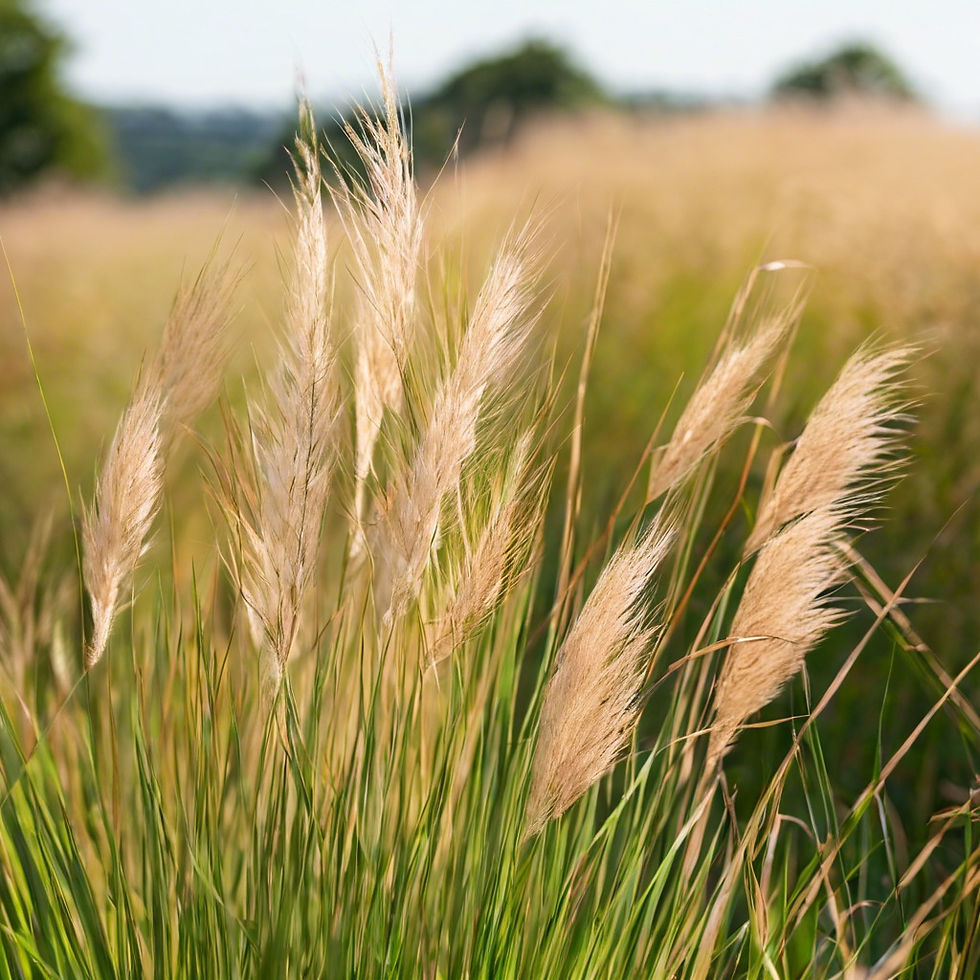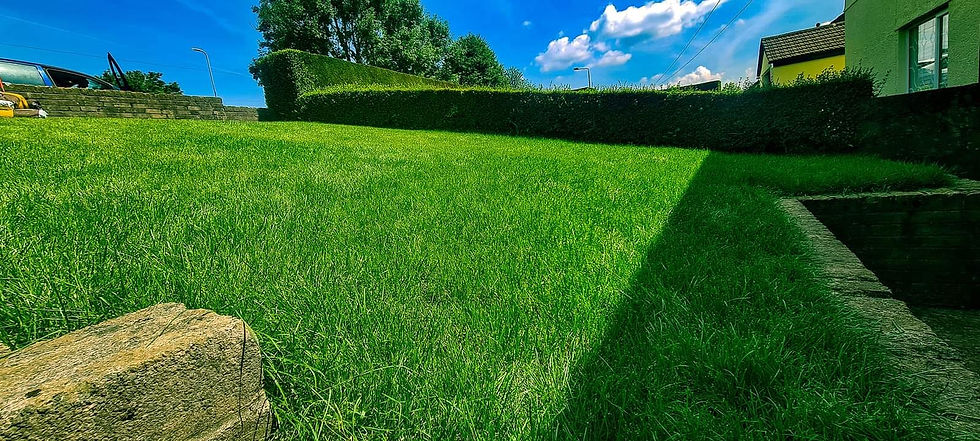Your go-to guide on jobs that you can complete in your garden in March, and with the days getting longer and the clocks going forward on Sunday, you have no excuses!
Spring is an exciting time for us all, especially for gardeners and with the days getting longer and nights getting it means we can use that extra time to tick off the garden jobs that we have been avoiding all winter.

With the soil gradually warming up it means that our much loved herbaceous plants, deciduous trees and perennial plants are at the end of their dormancy and are starting to show signs of life again. But that also means that dormant seeds are germinating in our soils which can result in (without maintenance) a carpet full of perennial weeds by June. This article will hopefully give you the motivation to tick off all your garden jobs before its too late!
Fertilizing and Pruning Your Roses
Pruning and fertilizing roses in the spring will most certainly improve the overall health of your plants. It will promote better blooms of flowers, deter pests and strengthen the plant against potential diseases. When pruning any plant, you should always wear gloves to protect your hands and you should be sanitizing your cutting tools to minimize risk of spreading harmful diseases.

Make a cut around 5mm above a bud and tilt your secateurs down and away from the plant. This minimizes any water that could potentially be collected on the bud. Remove any dead wood, also remove woody flowering stems so you can encourage new growth. All suckers should be traced back to the root-stock so you can cut them out accordingly.
Dress the base of the plant with a mixture of blood, fish & bone slow release granular fertilizer and wood ash. Blood, fish and bone is a great overall feed for your roses as it give around 6 months feed, wood ash which is high is potassium will strengthen your overall plant health and promote better blooms.
Cutting Back Herbaceous Plants And Ornamental Grasses

Leaving dried foliage on your herbaceous plants and grasses over winter will provide home and food for wildlife. You can then trim everything back in the spring to promote new growth. Make sure you removal decay & fungi growth. Once you have cut them back, mulch with multipurpose compost and fertilize with blood, fish and bone.
Mow Your Lawn

Unless we have had a mild winter, your mower usually gets stored away ready for spring. In March, mowing the lawn once a fortnight on a high setting or sometimes once a week if the weather is warmer can benefit a lawn greatly. The key to cutting any lawn is to cut as little off and as often as you can. If your grass is long, then you would need to strim it first. Avoid cutting grass that is overgrown as it will clog your machine and you will make a mess.
Boost Your Lawn Ready For The Growing Season

After the very wet winter that we have had, its no doubt that your lawn will benefit from some TLC this spring. This process involves tidying, aerating, scarifying and fertilizing your lawn, this will promote lush green growth, strengthen against potential drought and defend against disease. If your lawn is spongy, use your garden fork to spike and pierce every 6 inches. Once you have completed this, sweep horticultural sand into the ground. This will improve drainage, encourage new roots and aid the ground to dry.
Using either a garden spade or edger, you should re-define and cut your lawn edges. If your lawn has straight lines, use a long scaffolding board to help keep the cuts consistent. Using a lawn rake, collect all moss and dried thatch to allow grass to grow better. Once you have completed all these steps, you can broadcast a lawn fertilizer mix. Once this has been done, use either a garden hose or watering can to wash the fertilizer into the soil.
More Gardening Jobs That You Can Do
Create a new compost bin
protect hostas against slugs
Prune branches that have been damaged by winter storms
Cut and dig green manure into the soil
Plant dahlia tubers
Sow tomato seeds
Dig out any perennial weeds, like ground elder.
Plant summer bulbs





Comments